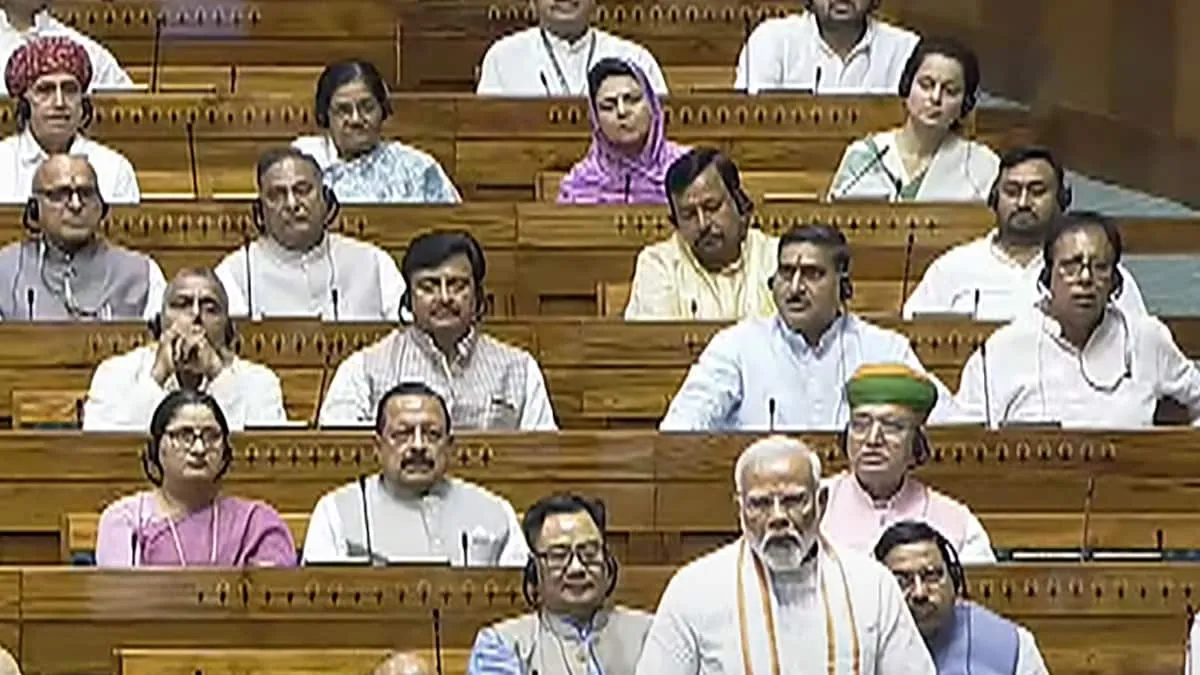Exploring the Unified Pension Scheme (UPS) Under Narendra Modi's Leadership

The Unified Pension Scheme (UPS) Explained
The introduction of the Unified Pension Scheme (UPS) is a defining moment for central employees, as it offers benefits reminiscent of the Old Pension Scheme (OPS) that was discontinued in 2003. Spearheaded by the Narendra Modi administration, this scheme responds to long-standing demands from employee unions, providing an assured pension based on basic pay and inflation indices.
Key Features of the UPS
- Assured Pension: Employees retiring will receive a pension equal to 50% of their basic pay.
- Inflation-linked Benefits: The dearness relief will keep pace with inflation.
- Retrospective Application: Central government employees who retired since 2004 will benefit from this scheme retroactively.
- Implementation Date: Employees can opt for UPS starting April 1, 2025.
The Fiscal Implications
The fiscal impact of UPS has been a central concern since the previous OPS was phased out due to budgetary constraints. The introduction of UPS is expected to balance employee benefits with government expenditures.
Political Ramifications
This move could shape political discourse leading up to upcoming state elections as both the BJP and Congress navigate the implications of this pension scheme on their platforms.
This article was prepared using information from open sources in accordance with the principles of Ethical Policy. The editorial team is not responsible for absolute accuracy, as it relies on data from the sources referenced.